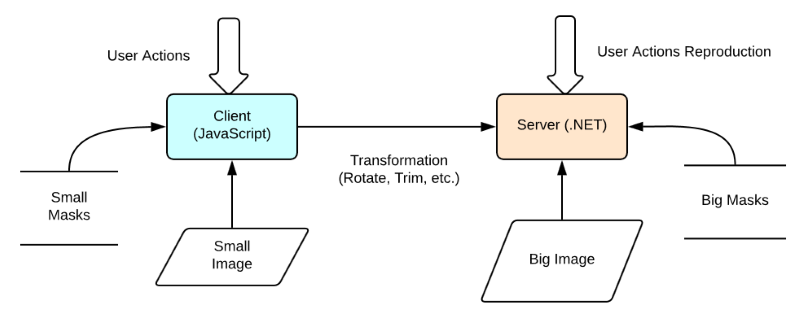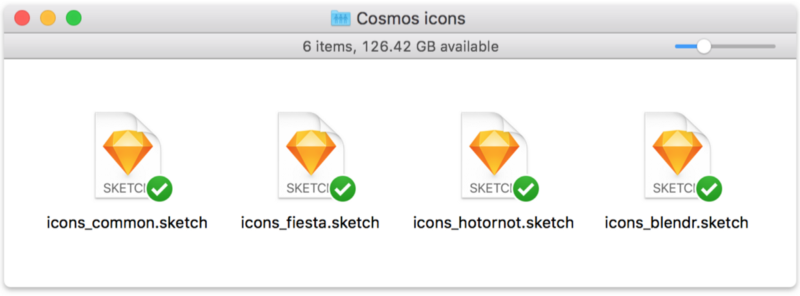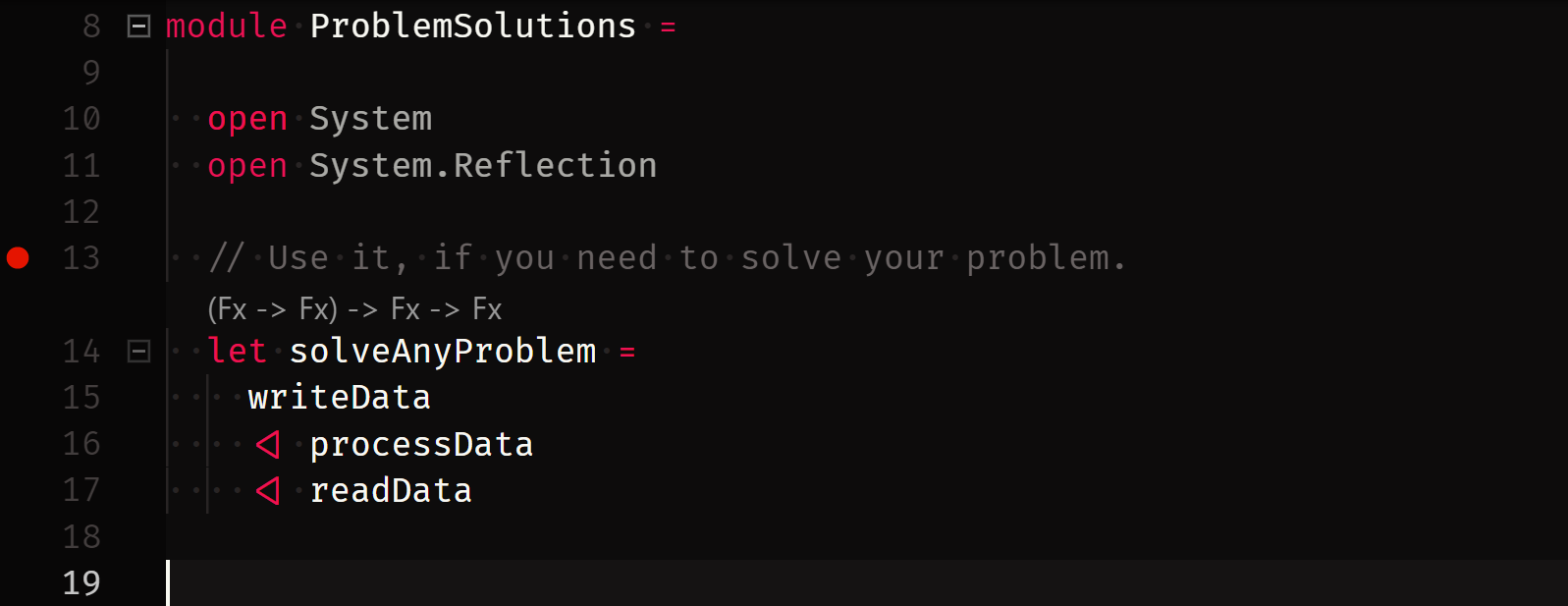We are now publishing .NET Core container images to Microsoft Container Registry (MCR). We have also made other changes to the images we publish, described in this post.
Important: You will need to change FROM statements in Dockerfile files and docker pull commands as a result of these changes. 3.0 references need to be changed now. Most 1.x and 2.x usages can be changed over time. The new tag scheme is decribed in this post and are provided at the microsoft-dotnet-core repo, our new home on Docker Hub.
Summary of changes:
- .NET Core images are now published to Microsoft Container Registry.
- Updates will continue to be published to Docker Hub, for .NET Core 1.x and 2.x.
- .NET Core 3.0 will only be published to MCR.
- Nano Server 2016 images are no longer supported or published.



 This chapter was translated from Russian jointly by author and by
This chapter was translated from Russian jointly by author and by 















